Do People Really Eat Bugs?
Photo Caption: A Tobacco Cricket, a delicacy in Democratic Republic of Congo, found on GOF's land. Crickets have more calcium than milk and more iron than spinach.
Remember when you were a kid and there was always that one little kiddo—maybe it was even you—who was always eating bugs? Well, they may have been on to something! In recent years, insect farming, the practice of raising insects for agricultural purposes, has created the possibility for a new food industry. Insects are widely consumed in many parts of the world, including the Democratic republic of Congo, but are not yet farmed. Insect farming offers an innovative opportunity for The Pebble Project Nutrition Program to thrive. This nutrition program, created in partnership with will be one of the first in the Congo to use insect farming as a source of nourishment for orphaned children. Insect farming provides an economical and highly sustainable method for raising high-quality protein, aka bugs. While the thought of eating bugs may sound less than appetizing, companies like Aspire Food Group equate certain flavors to ‘a very spicy Dorito’—we certainly would be open to a nutritionally dense Dorito!
Besides its Dorito-esque flavor, insects are much easier and cheaper to raise than cattle. Thanks to their small appetites and size, insects require much less feed and much less space —both of which lower greenhouse emissions produced by farming. With its sustainability, flavor, and nutrient value, insect farming could be the next “Plumpynut”: a cheap, sustainable method of providing nutritional and inexpensive food for the growing population. As we expand the Pebble Project, access to more nutrient dense food is necessary. Insect farming is the future of sustainable eating, and we at GOF are eager to utilize insect farming to advance our mission of caring for the world’s most vulnerable children.

